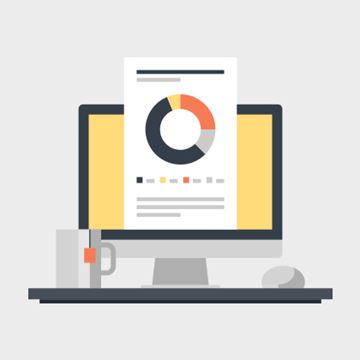Search
51316-7581-NACE TM0177 Method A High Pressure High Temperature Testing Using Spring-Loaded Sustained Load Window-Box Fixtures
Also Purchased
51315-5818-Corrosion and Galvanic Behavior of Oil and Gas Materials in TM0177 Test Solution A
Product Number:
51315-5818-SG
ISBN:
5818 2015 CP
Publication Date:
2015
$0.00
51316-7598-Naphthenic Acid and Sulfur Containing Crude Oil Corrosion: A Comparative Review
Product Number:
51316-7598-SG
ISBN:
7598 2016 CP
Publication Date:
2016
$20.00
NACE TM0177-2016, Laboratory Testing of Metals for Resistance to Sulfide Stress Cracking and Stress Corrosion Cracking in H2S Environments
Product Number:
21212-SG
Publication Date:
2016
$179.00




